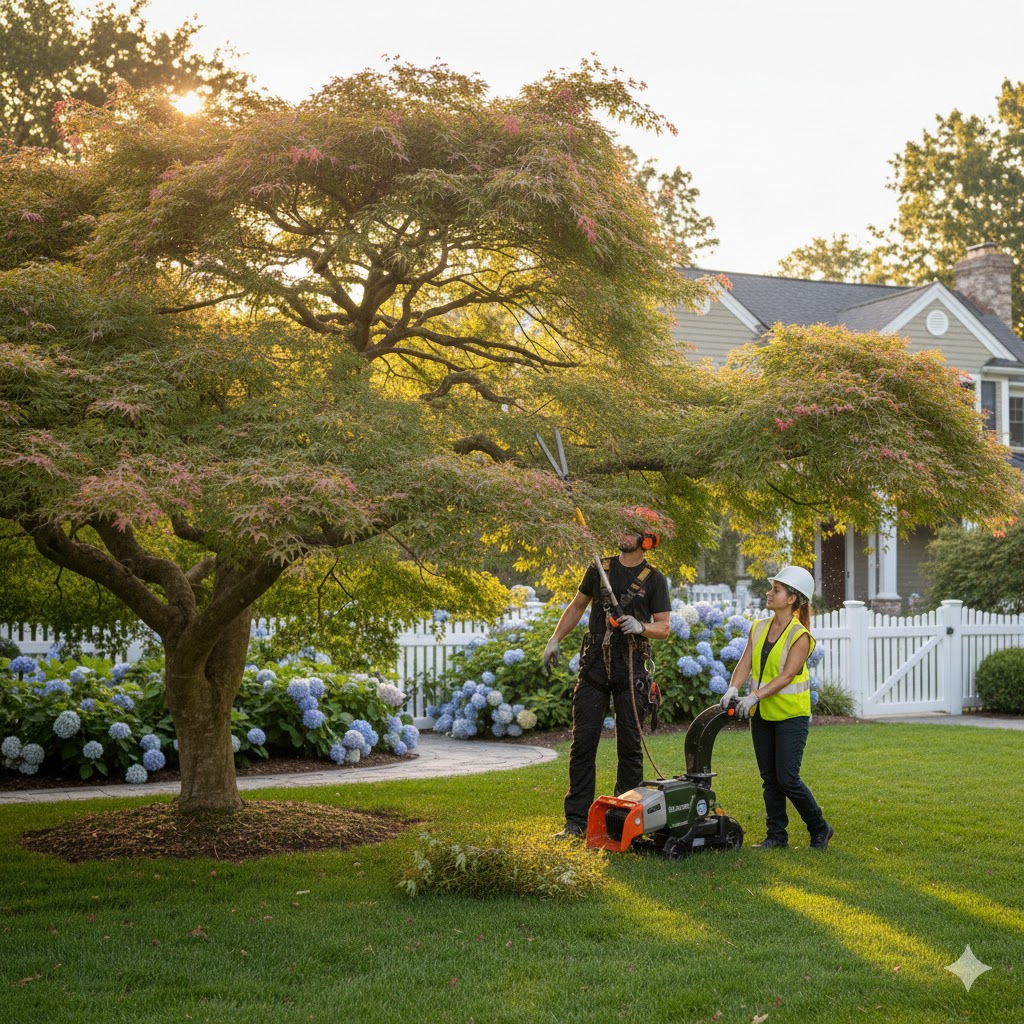Expert Tree Trimming & Pruning
Enhancing tree health, structure, and appearance with professional care.

The Importance of Professional Pruning
Proper trimming and pruning is essential for the long-term health and safety of your trees. It's more than just cutting branches—it's an art and a science that promotes strong structure and prevents disease.
Our Trimming Services Include:
- Crown Thinning: Selectively removing branches to improve air flow and light penetration.
- Deadwood Removal: Eliminating dead, diseased, or broken limbs to prevent them from falling and causing damage.
- Crown Raising: Removing lower branches to provide clearance for pedestrians, vehicles, or structures.
- Structural Pruning: Shaping young trees to ensure a strong, balanced future structure.
Why Choose Hartland Tree Service?
Our certified arborists are trained in the latest techniques to ensure every cut benefits the tree. We focus on natural shape, health, and minimizing stress to the tree while maximizing safety for your property.